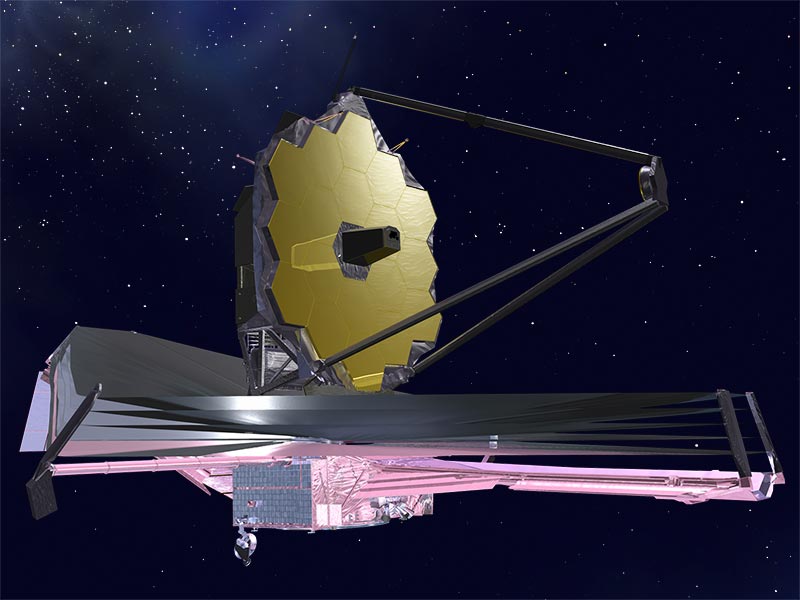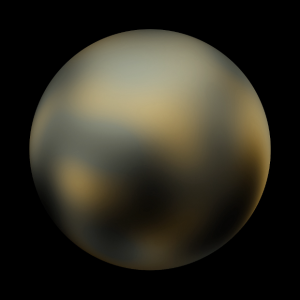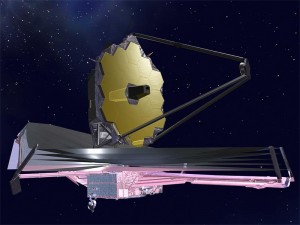July 16, 2014 – NASA in the news the last few days is getting prepared for Pluto and beyond while some of its scientists further speculate on finding alien life on a New Earth within the next two decades. Wasn’t it just a couple of weeks ago when the SETI folks said something similar?
In any event here are the stories that made middle-page headlines in the last week.
Voyage to Pluto
New Horizons, the spacecraft launched eight years ago is exactly one year away from rendezvous with Pluto. No longer one of the big nine of the Solar System (now the big eight), Pluto is deemed a dwarf planet along with a series of other recently discovered objects in the Kuiper Belt that stretches beyond its orbit.
Rendezvous with Pluto is next July 15th. Ten weeks before New Horizons will transmit the best images of the dwarf planet ever seen. The one below is the best to-date and was taken by the Hubble Space Telescope. Four weeks before rendezvous we will see daily images of Pluto, Charon and the recently discovered four other moons. We may even find a few more moonlets. And after the fly by it will take nine months before all the data New Horizons collects is downloaded to computers here on Earth for scientists to view and analyze.
What happens after that? NASA and the Jet Propulsion Laboratory are having the Hubble Space Telescope look for new Kuiper Belt targets for New Horizons to visit. After all if we are already out there why not take a look around and see what other new discoveries we can make.
This is much more than a picture taking event. New Horizons is packed with a pallet of scientific instruments including an ultraviolet image spectrometer to analyze Pluto’s tenuous atmosphere and how it interacts with the Solar Wind.
More NASA Scientists Speculate on Finding Alien Life Very Soon on Exoplanets
The more Goldilocks Zone exoplanets discovered the more the talk turns to finding alien life around neighboring stars. Why are NASA scientists so hyped up about life elsewhere? Because Kepler has uncovered a treasure trove of candidate planets and the new space telescopes like the James Webb (2018), (see image below), the Wide Field Infrared Survey Telescope (2017) and the Transiting Exoplanet Surveying satellite (2017) should make Kepler discoveries look like a popgun.
When asked to comment on finding a New Earth in light of what is being deployed before the decade is out, Sara Seager, a planetary scientist at Massachusetts Institute of Technology, stated, “Sometime in the near future, people will be able to point to a star and say, that star has a planet like Earth.” But it is more than just a planet like Earth. The new telescopes are expected to find evidence of life through the examination of atmospheric signatures from these exoplanets. That’s why NASA scientists believe the next 20 years will end our isolation as the only known planet with life on it.
SETI has been all about the search for intelligent life by listening for radio signals. But the kind of life that the NASA scientists are talking about may not fit that category. What makes a planet a candidate for life is if it has sufficient mass and gravity to retain an atmosphere. Detect an atmosphere and you may find life. What in the atmosphere do you look for? Compounds not normally found in nature. These could be simple or complicated. Simple would be produced by the lifecycle of living things. If we found oxygen it would be a pretty good indicator. If we found methane it too would be a promising sign. If we found something as complicated as chlorofluorocarbons we could pretty well conclude that the planet we were looking at had a lifeform with sophisticated technology.
Of the exoplanets found to date, many are very hot and, therefore, they throw off too much radiation for us to examine the detailed components in their atmospheres. But a Goldilocks Zone planet with an atmosphere can be studied as starlight passes along the planetary edge and through its atmosphere. With the instruments we soon will have in near-Earth space we’ll be ready to take a much closer look.















